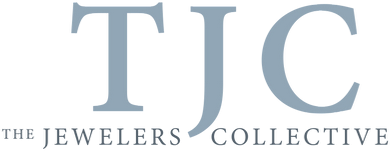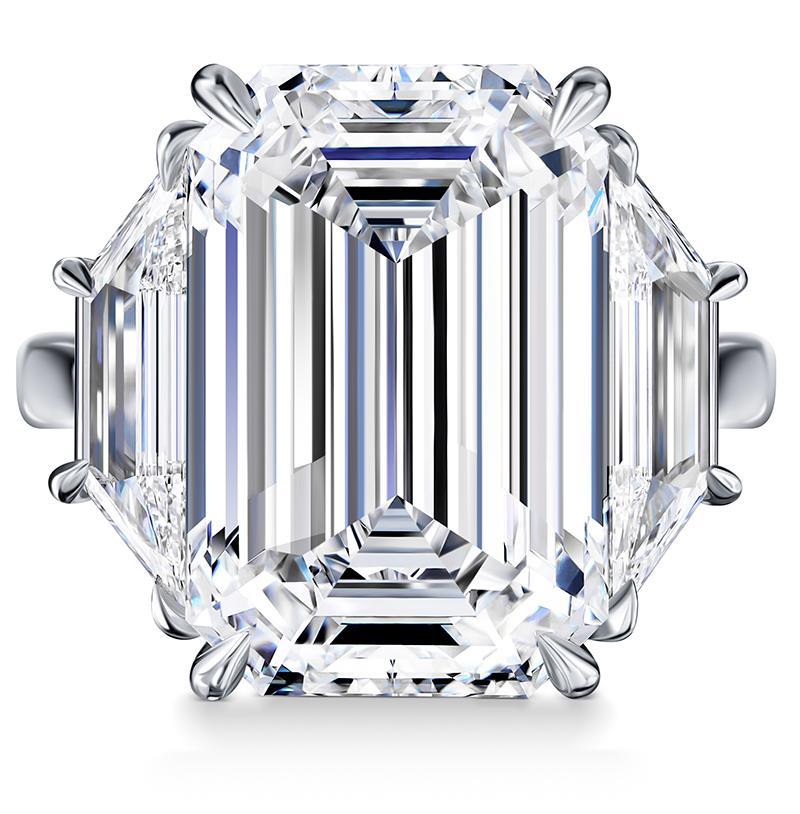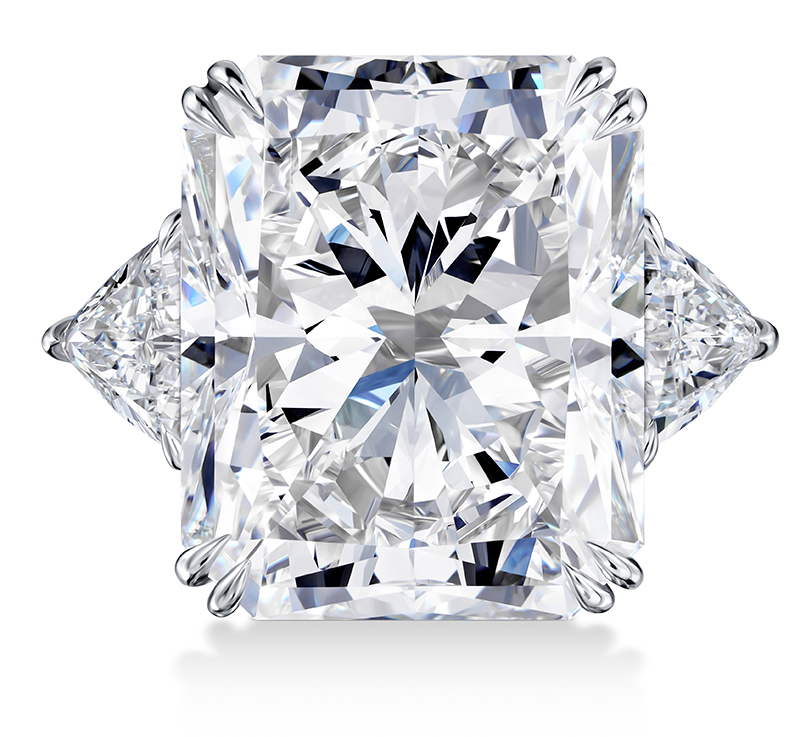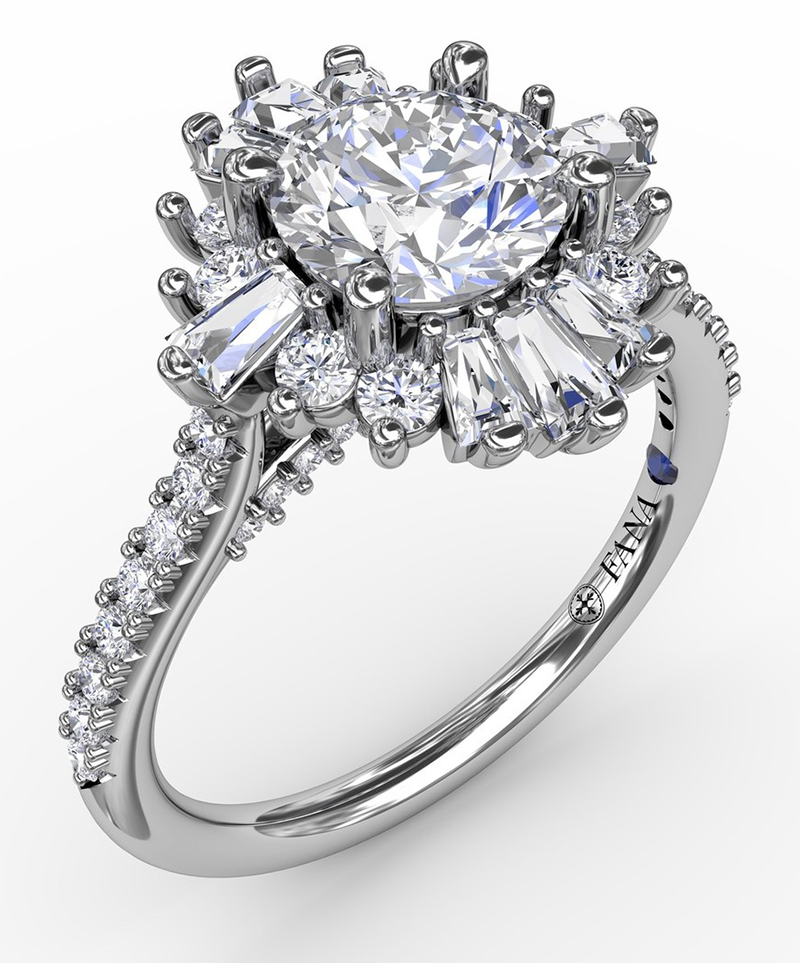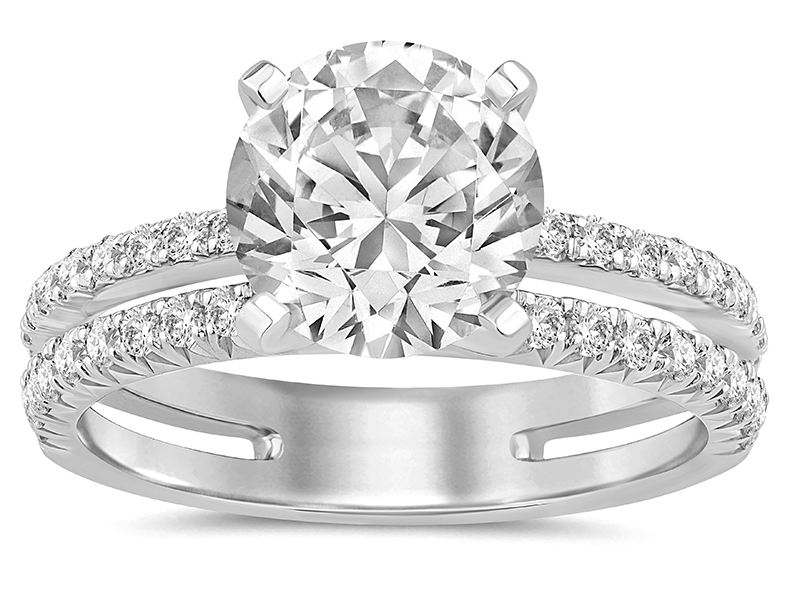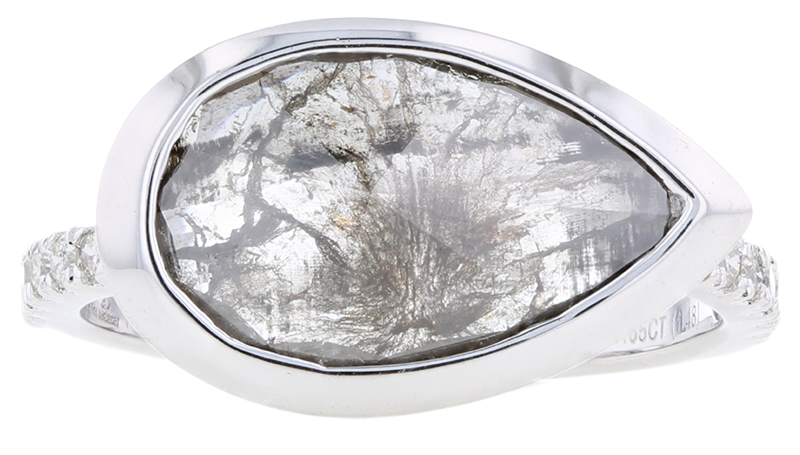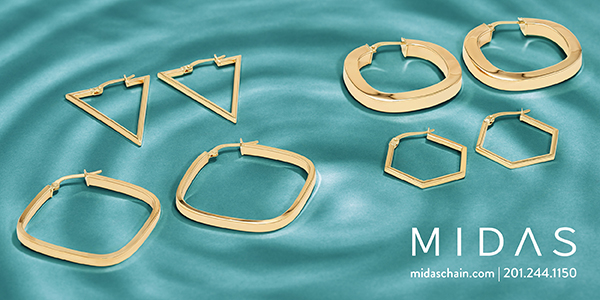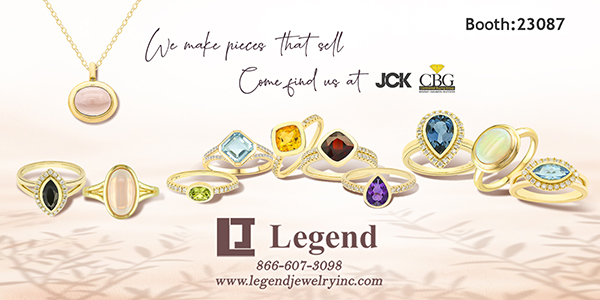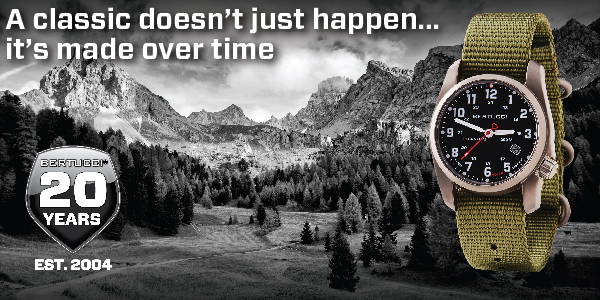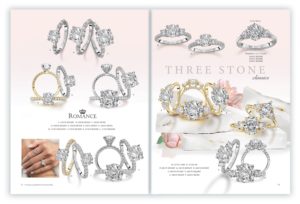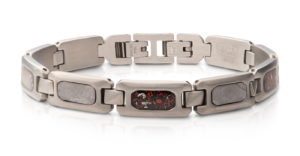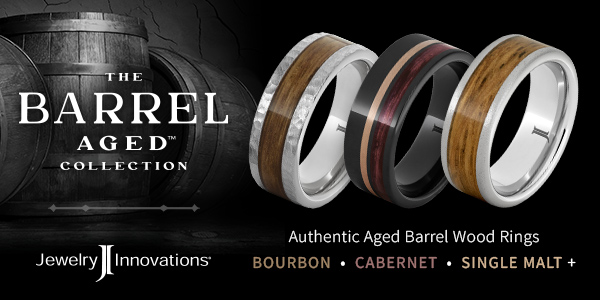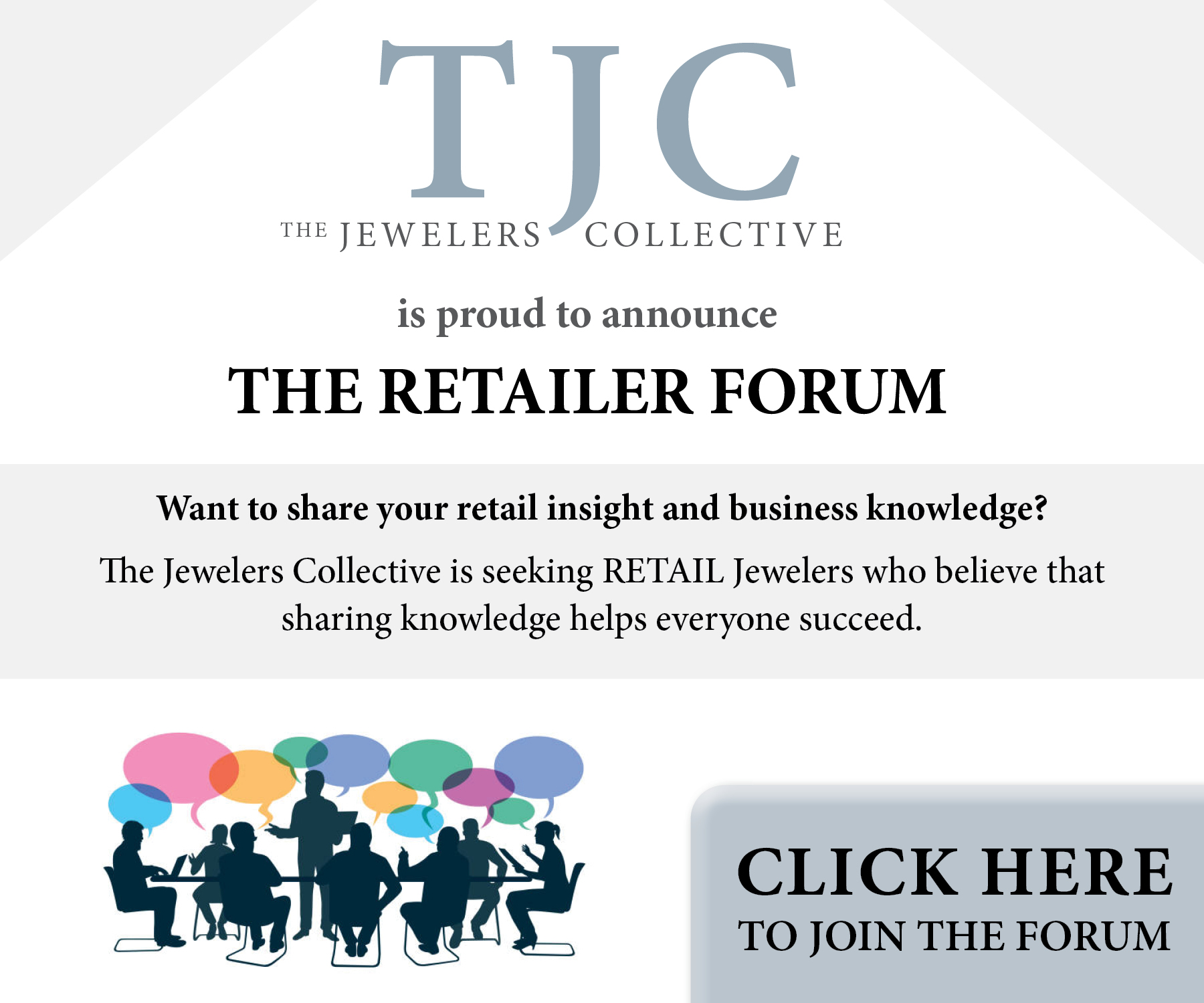IN THE KNOW
October 2023
Navigating the 7 C's of Buying Diamonds
Gail Bonaparte
As early as the 1940’s the 4C’s of diamonds (color, cut, clarity, and carat weight) were mentioned in articles in newspapers and GIA course materials standardized by Robert M. Shipley, who established GIA (Gemological Institute of America) in 1931 and AGS (American Gem Society). Robert M. Shipley wanted to create a standard way for professionals in the jewelry industry to accurately describe diamond qualities and determine the value of a single diamond or compare those of like kind. It worked! Decades later, the 4C’s of diamonds are still being taught in gemology school and universally accepted in the gem and jewelry industry.
Rosenberg Diamonds & Co.
12.35ct emerald D VS1 type
diamond ring.
Price available
upon request.
561.477.5444
As we know, today one can design, try on with AI (artificial intelligence), and buy a center diamond and engagement ring while on their sofa, from the comfort of their home. Online stores show a vast inventory which means that customers can be swimming in a sea of diamonds at the touch of a button. Confusing? Yes! So here are a few additional ways to help your customer navigate through the “sea” of diamonds and find the best quality diamond for their budget and personal preference. By adding these additional 3C’s (customer, cost, and character) you can build upon your diamond knowledge and offer your client the 7C’s of buying diamonds.
1. Cut
When people refer to the diamond’s cut, they often mean the actual shape (round, pear, princess). However, the cut is the beauty and life of the diamond, giving the diamond its “wow” factor. In my opinion, it is the most important of the 4C’s. The cut is separated into two categories. The first is based on the design and craftmanship of the diamond and includes the proportions (weight ratio of the crown, girdle, and pavilion), polish, durability, and symmetry. The second category is based on the beauty of the diamond and goes hand-in-hand with the design and craftmanship. The way the facets align and interact with light and return light to the eye to achieve maximum brightness (white light), fire (rainbow spectrum of color), and scintillation (movement that causes the sparkle and light/dark reflections) is what separates the commercial-quality diamonds from the gem-quality diamonds that are preferred for engagement rings. These qualities are based on how the diamond appears to the eye. In other words, how gorgeous is the diamond? Does it take your breath away? Does the diamond have movement and dance in the moonlight? While there is a large range of proportion combinations that would still fall within the very good to excellent rating, if the diamond is not cut well then it will not perform well when it is rocked back and forth in daylight or incandescent lighting and the remaining 3C’s will not be able to make up for this deficit.
A super model could have the “it” factor: charisma, beauty, luxurious hair, and a shapely figure but it does not matter how gorgeous the model may be if the couture garment is poorly cut and not made to accentuate and enhance her best features. She will not look as beautiful and reach to her true and best potential. So it is with a diamond that has high quality color, clarity, and carat weight but is poorly cut. The other 3C’s cannot overcompensate to make up for the deficit and it will not show the diamond to its true nature and best potential.
2. Color
The term “Color” describes the absence of color in a colorless diamond. Before the 4C’s were widely taught and accepted, many industry terms were previously used such as: blue diamond or gem quality. Those terms were open to misinterpretation by those in the jewelry industry, as well as customers. The diamond being graded is compared to an established and approved set of masterstones, under controlled lighting. The difference in color requires a trained eye to detect because it can be almost indistinguishable, especially with the colorless diamonds.
Color grading begins with the letter D and goes down through the alphabet until the letter Z. Colorless diamonds are graded D-F, G-H is the higher end of near colorless with I-J at the lower end of the near colorless category. As the color becomes more visible, the grade moves closer to letter Z. After Z, the diamond enters the fancy diamond category. Within each color grade, there is a range of color in the same letter on the color grading scale.
3. Clarity
The term “Color” describes the absence of color in a colorless diamond. Before the 4C’s were widely taught and accepted, many industry terms were previously used such as: blue diamond or gem quality. Those terms were open to misinterpretation by those in the jewelry industry, as well as customers. The diamond being graded is compared to an established and approved set of masterstones, under controlled lighting. The difference in color requires a trained eye to detect because it can be almost indistinguishable, especially with the colorless diamonds.
Rosenberg
Diamonds& Co.
30ct radiant E VS1
three stone
diamond ring.
Price available
upon request.
561.477.5444
“By adding these additional 3C’s (customer, cost, and character) you can build upon your diamond knowledge and offer your client the 7C’s of buying diamonds.”
4. Carat Weight
Carat means the weight of the diamond. The same way that 100 pennies equal a dollar, 100 points equal one carat. When comparing like diamonds, if the other 3C’s are the same then the carat weight would propel the cost of the diamond. When a customer is considering breaking their intended budget and splurging for a larger stone, unless the increase is .20ct or more then the visual difference is often negligible. When considering an upgrade, recommend an increase in size of at least .50ct or more to make sure that the difference in size is noticeable to the naked eye and to the wearer.
The Additional 3C's of Buying Diamonds
EverSpark
14 kt Halo set
diamond
engagement ring.
1.13CT. diamond
TW. (0.75ct. center
stone not included)
MSRP $1,950
516.455.2615
Fana Jewelry
Mixed shape
diamond halo
ballerina style
engagement ring
MSRP $4,250
800.433.0012
5. Customer
The Customer is the 5th “C”. It is important to first have a thorough conversation with your customer, and subsequent conversations may be necessary prior to the next appointment to stay on the same page. The more you discuss and clarify up front, the smoother the process will go. You can often make the sale on the first appointment because you can pull the options discussed in advance. The end goal is to give your customer a gorgeous engagement ring or diamond jewelry and an experience to remember. Regardless of budget, treat all customers the same. Ask pertinent questions, compile the information/answers given, and use it to “massage” the remaining C’s into the perfect center diamond and engagement ring (or any other item of jewelry). Your job is to provide sound gemological information, stunning gemstone selections, and ring mountings. You should try to remove as much of the stress and uneasiness as possible and make your client feel at ease.
6. Cost
The 6th “C” is the Cost (or budget). During the consultation, encourage the customer to have a serious talk with their intended fiancé before they go ring shopping and be honest about what their budget is. Allowing one partner to look at diamonds that they cannot afford or are above the budget can lead to disappointment instead of a beautiful and cherished memory. It could be very disappointing to receive something much smaller than anticipated. The cost could be likened to a mathematical formula because the budget is usually not a very flexible number. There is usually a minimum and maximum amount that the customer intends to spend and very little flexibility to increase the amount. The formula: take the entire budget deduct the fixed cost (the setting). this equals remaining dollars left for the center diamond. If explained in this simple format, the customer should easily understand what size center diamond they can realistically afford and will make adjustments accordingly.
EverSpark
14kt Double row
diamond
engagement ring.
2.50ct. diamond
TW.(2ct. center
stone not included)
MSRP $2,412
516.455.2615
Aiya Designs
White gold salt and
pepper diamond
ring with 1.98ct.
center diamond
MSRP $3,625
888.427.8886
7. Character
The 7th “C” is for Character. Today’s customers do their research before spending their hard-earned money. How do they do this? They usually start by looking at online reviews about your store. Be sure to check your reviews and try to keep posts and reviews updated and timely. Be sure to ask a satisfied customer to write a review for you and post it on multiple platforms (Google reviews, Yelp, your company website, Instagram, and Facebook). Additionally, word-ofmouth referrals are not to be underestimated and always stand the test of time. Why? People trust the endorsement of those they know best. Before making a large purchase, customers usually discuss it with their family and friends. When they have that conversation, ensure that the jewelry that you created for them is your personal calling card. They will see first-hand the beautiful jewelry that you made while their family member or friend gushes about you, your customer service, friendly staff, and your store. Expanding your knowledge to include the 7C’s is sure to go a long way towards making your next diamond sale.
